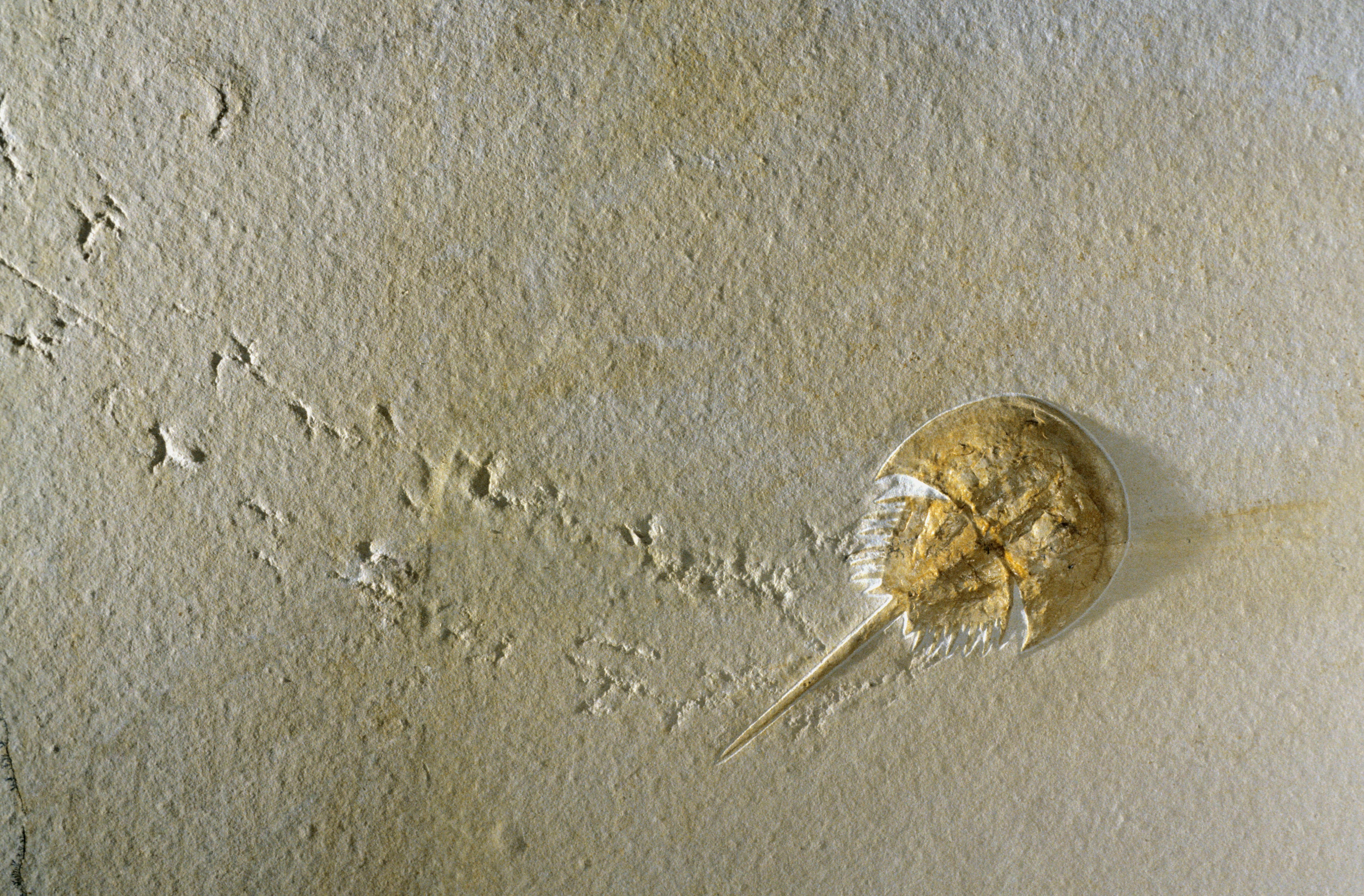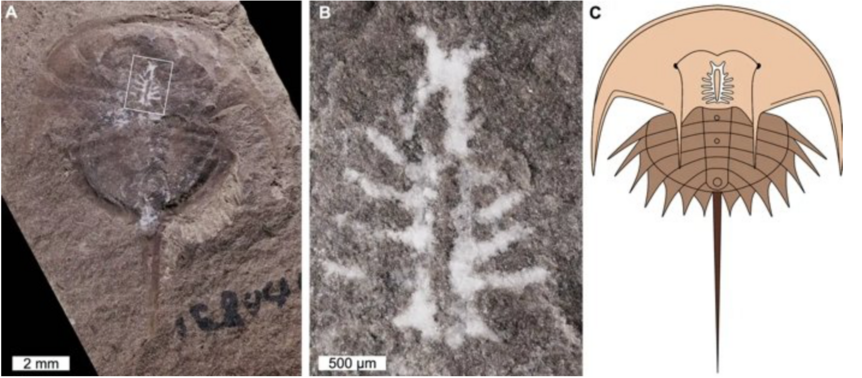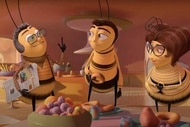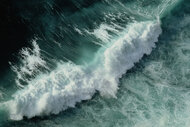Create a free profile to get unlimited access to exclusive videos, sweepstakes, and more!
310-million-year-old brain of an almost alien creature was found freakishly fossilized

It looks like a Facehugger, is related to things that could pass for extras in Alien, and its brain has been preserved for over 300 million years.
Euproops danae is an extinct horseshoe crab that once crawled around in what is now Illinois. Found in the Mazon Creek deposit by paleontologist Russell Bicknell and his research team, the creature itself was not only exceptionally preserved, but the structure of its brain and central nervous system had remained intact for eons. The way this arthropod was preserved was unlike anything anyone had seen. It was almost like unearthing something that fell from space.
Bicknell, who led a study recently published in Geology, had studied examples of soft tissue preservation before, but never a specimen like this. It had been rapidly covered in siderite before it had a chance to decompose. Another mineral, kaolinite, created a cast of its brain that stayed as it was long after the tissue had decayed.
“E. danae showed us that the fundamental construction of these brains has remained consistent across an exceptionally long period of time,” Bicknell tells SYFY WIRE. “As such, we are able to present hypotheses on the conserved nature of biology within horseshoe crabs.”
The central nervous system of this ancient horseshoe crab is nothing like a human brain, but remarkably similar to the brains of extant horseshoe crabs. It was involved in the crab’s behavior and functions, as well as how it related to other organisms around it. The brain decays so fast because of its lipid content (which is the same reason foods high in fat tend to easily go rancid). Some prehistoric creatures preserved in amber or Burgess shale also take their brains with them. What was different in this case were the unique conditions at Mazon Creek.
It was the minerals in the region that made all the difference in how the soft parts of creatures, and even soft-bodied creatures like the Tully Monster, were preserved. Soft tissue itself cannot actually fossilize. Substances that trap it (like amber) or minerals that form over it in its exact shape (like Burgess shale) can preserve the image of what once was. Burgess shale deposits occur in mudstone. When Cambrian storms created mudslides and buried creatures in nearly anoxic conditions, the mud eventually turned to stone and preserved them.
So what was especially different about specimens that surfaced at Mazon Creek?
“Siderite grew really really quickly in the conditions that produced the Mazon Creek,” Bicknell says. “It was this rapid molding that allowed for the fossils to be preserved in this level of detail. Kaolinite essentially is able to precipitate out within voids and cavities after they develop and occurs after the burial of the fossils themselves.”
The incredible preservation of E. danae told Bicknell and his team things about the brain of a species that would have otherwise remained mysterious. It is proof that the structure of the horseshoe crab central nervous system has gone mostly unchanged over hundreds of millions of years. It has remained essentially the same since the Cambrian period, when there was an enormous explosion of life that was never seen before, and also when there was a burst of skeletonization. Horseshoe crabs are arthropods that rely on their exoskeletons for protection.
It is not just the central nervous system of horseshoe crabs that this find could reveal. Siderite must have started to cover the body of the crab really quickly for the shape of neural tissue, which was further preserved by kaolinite, to be frozen in time before that tissue degraded. If the structure of its brain was preserved so well, that means other soft tissue inside its exoskeleton could have also been covered in siderite and kaoline, and allow Bicknell to see how these strange and fascinating creatures have managed to hang around on Earth so long.
“Continued research on fossil horseshoe crabs will hopefully allow us to further understand how they came to survive five mass extinctions,” he says. “It could also uncover aspects of their internal anatomy that may allow us to understand why the group have been so successful throughout their evolutionary history.”
Could this prehistoric Facehugger resurrect the Alien franchise? Probably not, but there is no shortage of real-life sci-fi monsters out there.















